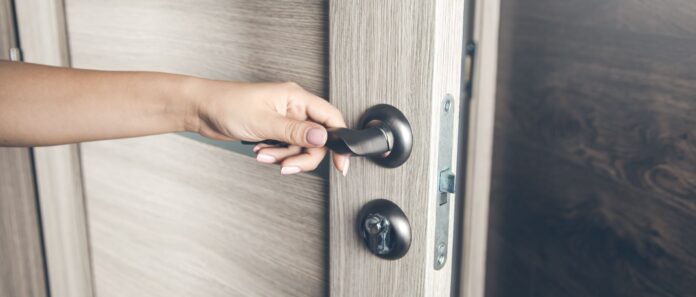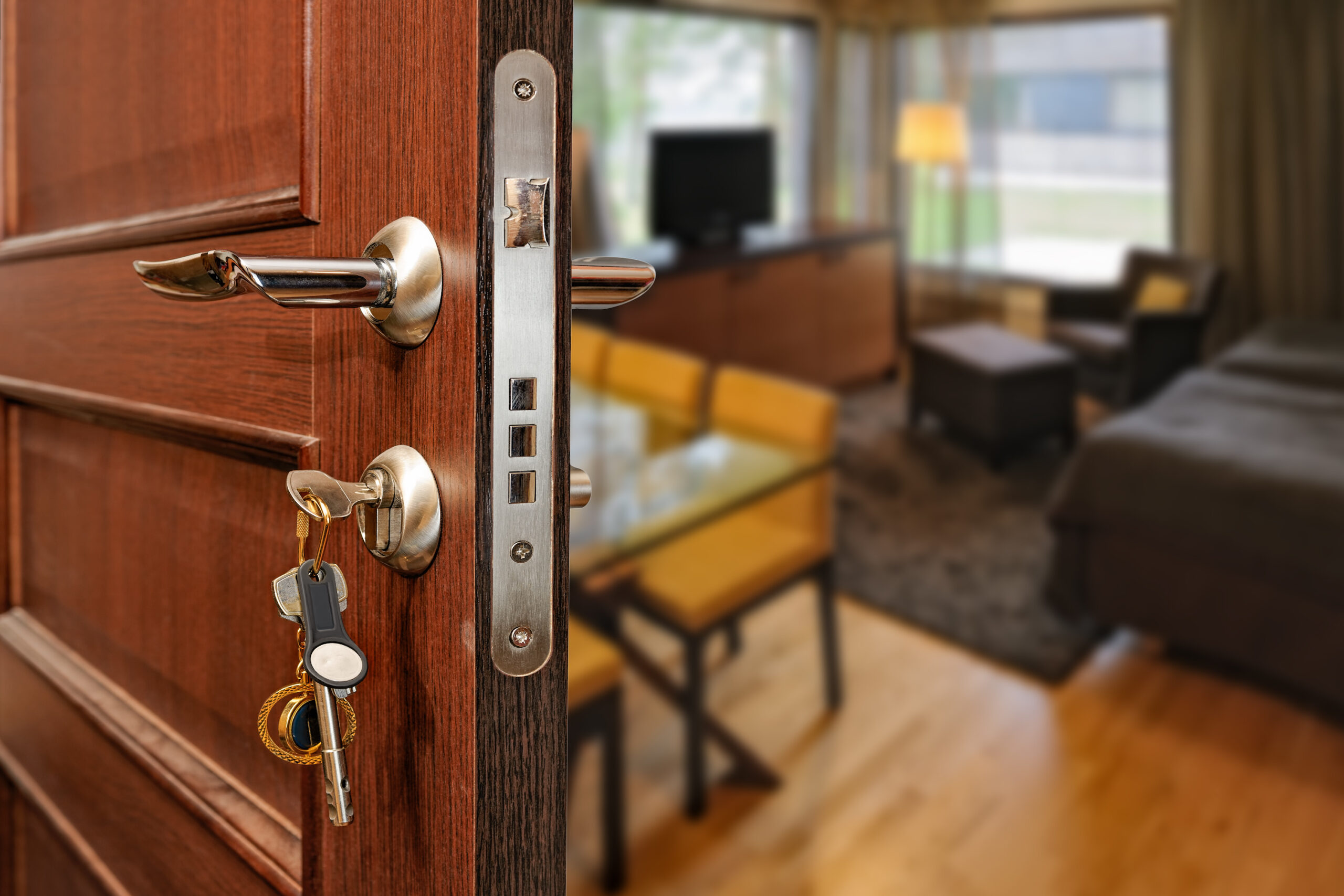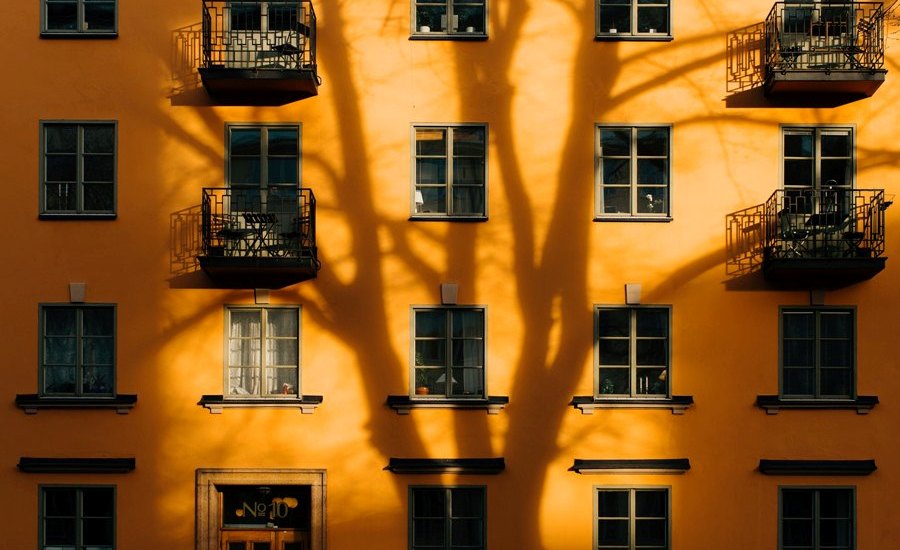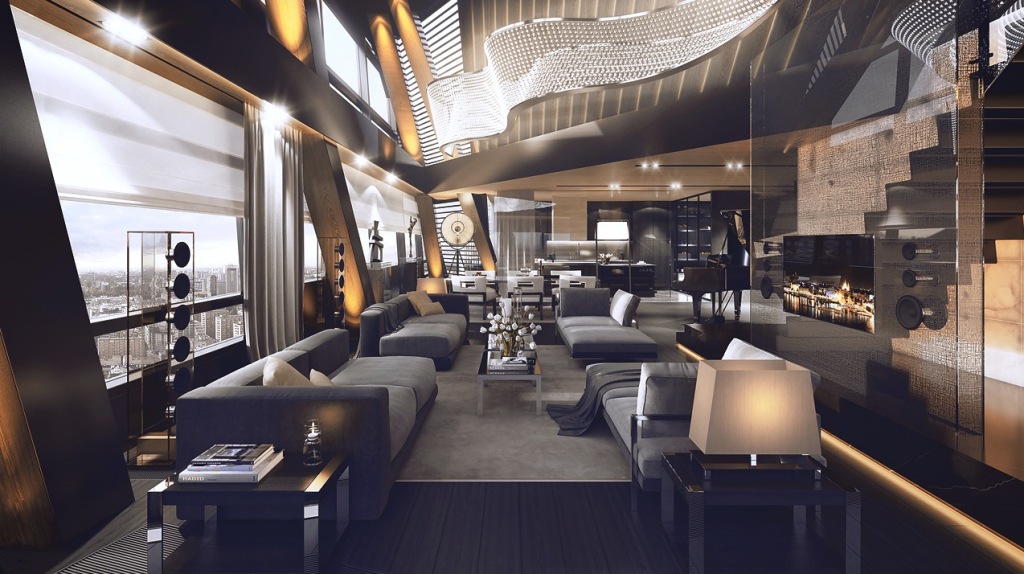As expensive as they may be, there’s no question that security doors are nice to have in any household. Apart from the security they provide, their durability is higher than the typical door.
Be that as it may, many homeowners still have second thoughts in regards to security doors, especially since they often feel out of place in the modern-day house. Fortunately, gone are the days where security doors look like giant prison gates. Instead, you can find all sorts of security doors with decorative designs and styles that are both aesthetically pleasing and secure.
However, just like most home renovation projects, you must carefully plan how to blend the security door with your home’s aesthetics. In that case, the following tips might help:
- Choose a material that fits with the general area
The security door’s material is perhaps the most crucial element you must consider if you plan on matching the door with your home’s aesthetic. After all, the material not only affects the security and durability of the door, it can also influence its overall appearance.
With that said, here are the four most common materials used to manufacture security doors:
- Aluminum: People know aluminum for many things, but only a few appreciate its aesthetic factor, which, quite frankly, is highly underrated. For one, aluminum has a natural metallic surface that can be pleasing to look at. Moreover, it typically doesn’t require a finish, so you can customize it with either paint of your choosing or anodizing. (1)
For these reasons, aluminum can be seen as the golden standard for when homeowners want to find a material that fits their houses’ modern-style setting.
- Stainless Steel: Stainless steel is a fairly unique material in a way that it consists of different metals, such as chromium, nickel, iron, and more. This unique property allows manufacturers to alter the luster or brightness of stainless steel security doors. For example, doors consisting of nickel may have a lustrous appearance, as opposed to those without.
Just like aluminum, a stainless steel security door fits perfectly in a modern-style home, although it should also be a strong contender in industrial or minimalistic houses.
- Wood: While it may not be as durable as stainless steel or aluminum, wood is perhaps the most customizable material out of all your available options for a security door.
Not only do the colors (e.g., yellow, almond tones, orange, red, brown) vary depending on the species of wood, the texture (e.g., coarse, fine-grained) may vary as well. You’ll also find that wooden doors often have a unique appearance. This is mainly because the grain, which determines the wood cells’ direction (e.g., circular, straight, spirals), also affects its aesthetics. In other words, it’s an excellent choice for your purposes. (2)
Wooden security doors will fit perfectly in traditional, contemporary, and classical homes.
- Fiberglass Composite: Although not as popular as the other three options, you can also construct security doors out of fiberglass composite. A fiberglass door looks very much like a plastic one, but it offers superior durability and security. Moreover, it can hold more screws than wooden doors, which means it’s relatively secure in door frames.
Lastly, fiberglass doesn’t deteriorate over time, unlike steel, so it’s perfect if you don’t want to deal with maintenance. Fiberglass composite would be perfect in an industrial or minimalistic setting.
As you can see, each material has different diversities in terms of aesthetics. So, if you want to blend your security doors with your home’s style, you should start with its material.
- Decide on a specific style that complements the home architecture
As stated earlier, prison-themed security doors were a thing in the past. Now, manufacturers can design security doors according to the client’s specifications. So, if you can decide on a specific style that complements your home architecture, blending the security door with your house’s aesthetics should be easy.
Here’s a look at some examples of styles of security doors:
- Economic: The economic-style security door doesn’t really have any unique design in particular, but that’s not necessarily a bad thing since it can be a decent fit in any type of architecture.
- Nature-Inspired: As the name suggests, security doors with this style consist of designs of deserts, sunray, animals, and don’t forget about flowers. This style would be a perfect fit in a house that’s relatively more colorful than most. It’ll also complement your front area if you have some plants lying around in the general area.
- Spiral: Spiral or scrollwork style involves swirls, whirls, and flowy lines. It may have a simple theme, but it works well if you want to get a more ornate and elegant look at your home.
- Traditional: Traditional-style security doors consist of curved lines with rich color palettes, typically featuring dark colors. It works well with traditional and contemporary architecture.
- Modern: Modern-style doors feature geometric shapes, such as ovals, diamonds, circles, and lines, that perfectly fit an architecture that focuses on symmetry and order.
(3)
- Consider including a decorative glass or glazing
When you commission a service provider to construct a security door for your home, they might ask whether you want to include glazing or decorative glass inserts into the package.
Glazing refers to the window inside the door, allowing natural light to pass through, which can go a long way in brightening the doorway. This clear, decorative glass can change the entire look of a security door without compromising its security. It should cost around USD$100 to USD$500, and for your purposes, you may want to consider adding this to your order. (4)
- Revamp the security door hardware
Apart from the decorative glass inserts, you can also revamp security door hardware, such as the doorknobs. Doing so adds visual interest to the security door, which may end up ultimately complementing your home’s aesthetics. For example, you can turn the doorknob into a keyed entrance, dummy knob, or lever, depending on what you think would fit best.
Final words
Not many homeowners really know their ins and outs. If you’re not sure of yourself, you might want to consider seeking professional advice. If that’s not possible, you can always rely on resources such as this article. With that said, the information mentioned above should serve you well in helping you find a security door that suits your home’s aesthetics best.
References:
- “Aluminium and Aluminium Alloys – Characteristic Advantages and Beneficial Properties of Aluminium Extrusions,” Source: https://www.azom.com/article.aspx?ArticleID=4192
- “What Makes Wood Aesthetically Pleasing?,” Source: https://seagatestructures.com/what-makes-wood-aesthetically-pleasing/
- “7 Security Door Designs That Match Your Home’s Style,” Source: https://arironllc.com/blog/7-security-door-designs-that-match-your-homes-style/
- “Parts of a Door: Front Door Anatomy 101,” Source: https://www.pella.com/ideas/doors/entry-doors/parts-of-a-door/



















